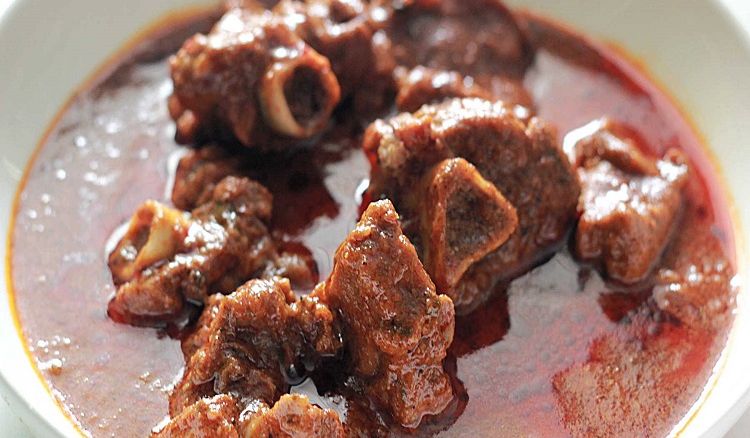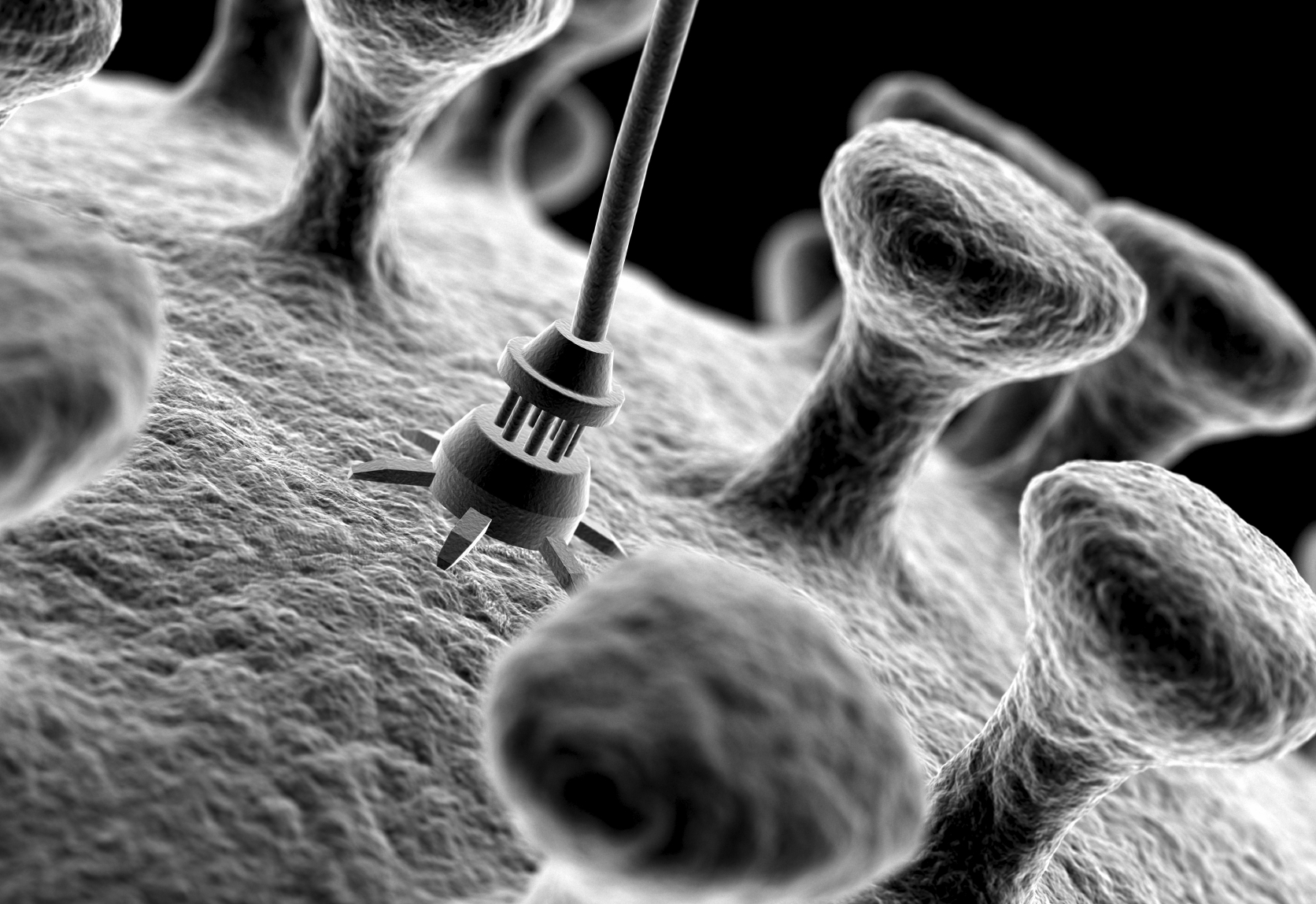Every year, approximately 1.4 million people worldwide die from hepatitis. Hepatitis B is the most severe liver infection affecting the largest number of people globally.
Hepatitis is a liver disease that can be caused by several factors. It can be cured with proper treatment, but negligence can turn it into a life-threatening condition.
Hepatitis B spreads through infected blood transfusions or other bodily fluids. It is not a hereditary disease and cannot be passed down through genes. However, an infected pregnant woman can transmit the virus to her unborn child through the placenta.
Using contaminated surgical tools, toothbrushes, needles, and syringes can spread the disease. Excessive alcohol consumption, prolonged use of certain medications, and unsafe sexual practices can also cause hepatitis.
Hepatitis A, B, and D can be prevented through vaccination. Hepatitis A and E typically spread through contaminated food and water.
Types of Hepatitis : Hepatitis Awareness
Hepatitis A
- Spread through contaminated food and water.
- Symptoms include liver swelling, loss of appetite, fever, vomiting, and joint pain.
Hepatitis B
- Spread through blood, sweat, saliva, and other bodily fluids.
- Diagnosed through blood tests.
- Can lead to chronic liver diseases like cirrhosis and cancer.
Hepatitis C
- More dangerous than Hepatitis A and B.
- Spread through contaminated needles and blood transfusions.
- Often has no symptoms but can cause severe liver damage over time.
- Chronic infection can lead to cirrhosis, liver failure, or cancer.
Hepatitis D
- Often affects those already infected with Hepatitis B or C.
- Spread through contaminated blood and needles.
- Can cause liver infections, vomiting, and mild fever.
Hepatitis E
- Spread through contaminated food and water.
- Symptoms include fatigue, weight loss, yellowing of the skin, and mild fever.
World Hepatitis Day
World Hepatitis Day is observed every year on July 28th to raise awareness about hepatitis. The initiative was started by the World Hepatitis Alliance in 2008 and was officially recognized by the World Health Organization (WHO) in 2011. The day honors Nobel Prize-winning scientist Baruch Samuel Blumberg, who discovered the Hepatitis B virus and developed a diagnostic test and vaccine for it. Each year, the day has a specific theme; in 2023, the theme is "One Life, One Liver."






